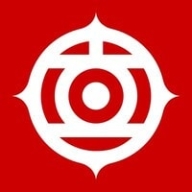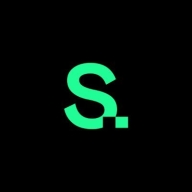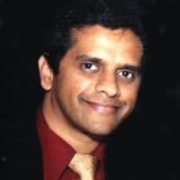

Hitachi Unified Compute Platform HC Series and Sunlight provide efficient computing solutions. Hitachi stands out with its appealing pricing and strong support, whereas Sunlight leads in feature richness, justifying its price.
Features: Hitachi Unified Compute Platform HC Series includes integrated data protection, scalability, and strong performance optimization. Sunlight focuses on lightweight architecture, high-performance edge computing, and hybrid cloud integration. Sunlight's adaptability for edge environments makes it suitable for specific deployment needs.
Ease of Deployment and Customer Service: Hitachi offers straightforward deployment and comprehensive customer service, making setup seamless. Sunlight offers flexibility but with a slightly more complex deployment, supported by efficient customer service. Hitachi benefits those seeking quick operational capability.
Pricing and ROI: Hitachi Unified Compute Platform HC Series offers a cost-effective setup with notable ROI due to scalability and support structure. Sunlight incurs a higher initial setup cost but provides good ROI with resource efficiency and edge performance. Hitachi's pricing is more attractive, while Sunlight offers higher ROI potential in specific cases.

Hitachi Unified Compute Platform (UCP) is the company's product for converged infrastructure (CI), combining resources server, storage, networking, virtualization, and software management.
Sunlight is a complete HCI stack that can be deployed on-premise on standard data center hardware, in AWS and on resource-constrained far-edge devices.
We monitor all HCI reviews to prevent fraudulent reviews and keep review quality high. We do not post reviews by company employees or direct competitors. We validate each review for authenticity via cross-reference with LinkedIn, and personal follow-up with the reviewer when necessary.